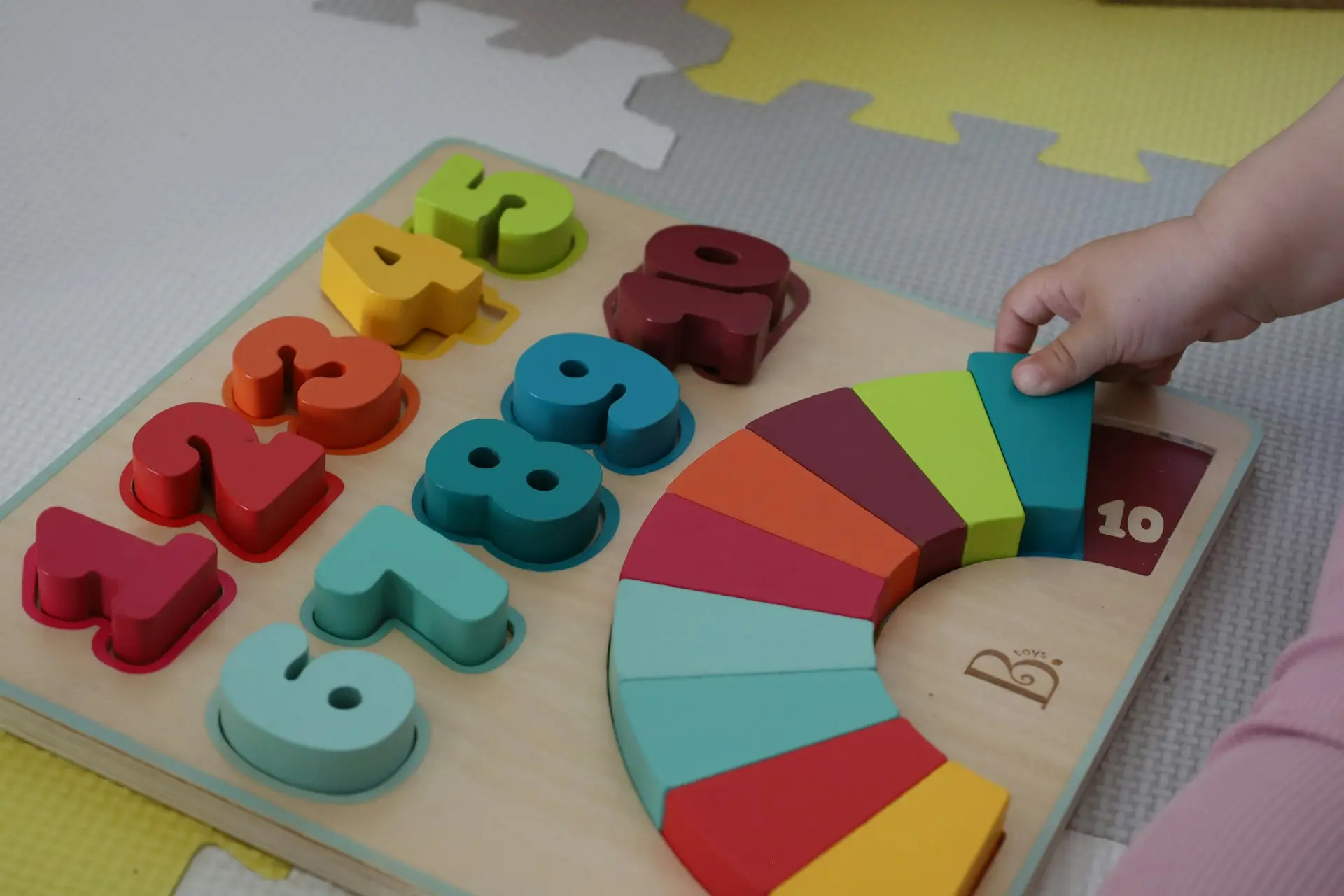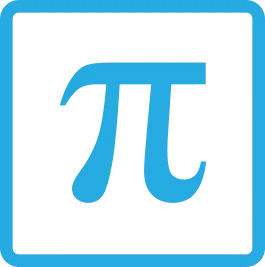The only way to learn mathematics is to do mathematics.
Paul R. Halmos
In our post The Surprising Truth Behind Math Phobia we learned that mathematics is a language. Today we are going to begin exploring how this realisation should impact our teaching (and learning) of maths.
Our First Language
If maths is the universal language of logic, then the universal language of emotion is undoubtedly music. Shinichi Suzuki —Japanese violinist, master teacher and founder of the Suzuki method — understood this in a most profound way. He understood that a child could master a musical instrument in the same way that he learned his “mother tongue”.
Suzuki noted that, to the casual observer and indeed to themselves, children apparently learn their native language effortlessly but in reality they pour massive amounts of effort and practice into perfecting the art spoken language. Almost from birth, babies begin making cute little noises that quickly turn into incomprehensible but obviously deliberate babblings. Around the time she learns to walk, little Sally will utter her first word, much to the excitement of her parents but not too long after this milestone has passed, the excitement will give way to exasperation at the constant barrage of “why” and the seemingly endless aimless chatter that their little daughter is compelled to spue forth.
Sally is not deliberately trying to drive her parents up the wall. Really! She is actually practicing a skill to the point of complete mastery. After she discovered that her vocal organs can make noise, she set out on an obsessive quest to learn to control those organs to produce the meaningful sounds she heard all day long. Once that first word was uttered, she very quickly added new words on a daily basis until her vocabulary and reasoning powers grew to where she could frame seemingly endless questions beginning with “Why…?” and “What happens if…?” These questions are born of both the child’s innate curiosity AND their compelling need to perfect the art of conversation. Humans are social creatures and the need to converse in a meaningful way is so hardwired into us that we unconsciously devote the greater part of our first five years to developing this skill.
Learning the Mathematical Language
Now, while most of us were wired to “automatically” learn our native language, the same is not true of either music or mathematics. Nevertheless, both of these are in fact true languages and, as Shinichi Suzuki showed the world, we can help little Johnny master these ‘different’ languages in a manner that is similar to the way he mastered his “mother tongue”.
Those little baby babblings are similar to the understanding of the “quantitativeness of number” in mathematics. The careful observer will notice the day that their child becomes aware of the notion of “two.” Funnily enough, in my boys this happened around the age of two. If you audibly count objects in front of your child as often as you think about it, you will help them to grow this ability. Many children are taught (or somehow learn) to “rattle off” numbers in sequence. (Think the proud little boy showing off his ability to count to 100.) But this is not true counting. True counting involves counting objects accurately.
The Foundation Stone
Therefore, one of the most important mathematical foundation stones you can lay for your child is to teach them to count physical objects by touching each object as they count. I began “teaching” my boys to count on the nappy change table. While their little toes were waving in front of my face I would grab a foot and say, “Have you lost one of your toes somewhere? Let’s count to make sure! And then I would wiggle each little toe in turn as I counted, “one toe, two toes, …”
As your child gets older, you can find opportunities to count every day. Grocery shopping presents dozens of golden teaching moments for this skill. In the produce isle, you can ask little Johnny questions like, “I want to get one peach for everyone in the family; how many will I need?” or you may have them count out pieces of fruit into a produce bag for you. In the cereal isle you can ask him to get two boxes of his favourite cereal and place them in the trolley.
These seem like almost trivial beginnings, but these small concrete lessons lay a firm foundation for something much bigger. Like the River Nile that begins as a tiny stream and ends as the mighty delta on the Mediterranean Sea, these little beginnings can lead to oceans of mathematical discovery downstream.
The study of mathematics, like the Nile, begins in minuteness but ends in
Charles Caleb Colton
magnificence.
Do you have a favourite way to teach counting? Let us know in the comments and stay tuned for our next post where we’ll look at how to build a strong structure on this foundation.


